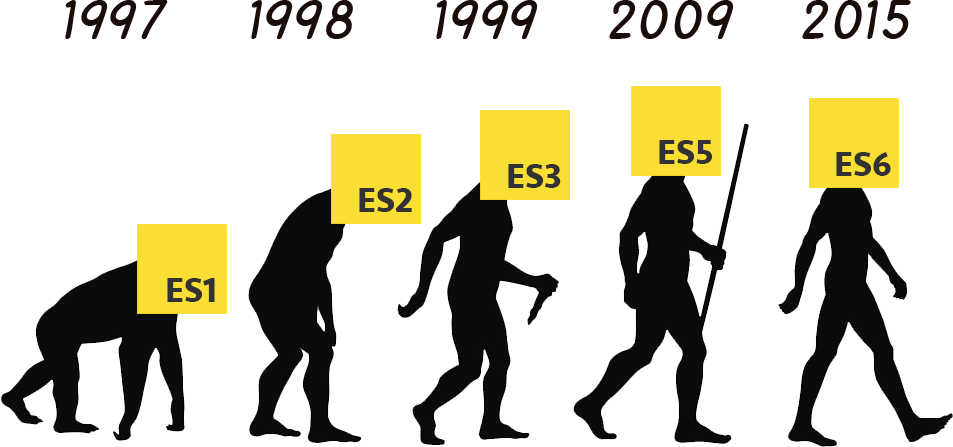When we dive deeper into javascript and especially, web developing, we learn the various different versions of JavaScript such as ES5 and ES6 which were developed by ECMA (ES = ECMAScript). These names are simply updates that are made to the JavaScript language within certain periods of time. So, starting from ES1, people were able to add dynamic functions to the web using JavaScript. We learn ES5 and ES6 the most because they had the most biggest update changes between them.

Backwards Compatibility
One of the unique features of the JavaScript engine is that developers can use all the features that have been updated till the present day. This means that old features can still be implemented to current web developing procesesses. This shows that the ES updates within JavaScript are not really new versions, but rather, incremental updates within the same version. This is implemented in order to not create errors or bugs within the web.
To Sum Up:
- Old features are never removed.
- Not really new versions, just incremental updates.
- Websites keep working forever!
How to Use Modern JavaScript Today
Development Phase
As all developers would say, simply use the latest Google Chrome! 😀
Production Phase
Use Babel to transpile and polyfill your code (converting back to ES5 to ensure browser compatibility for all users).
ES Compatibility
ES5
- Fully supported in all browsers (down to IE 9 from 2011).
- Ready to be used today 👍.
ES6 -> ES2020
- ES6+: Well supported in all modern browsers.
- No support in older browsers.
- Can use most features in production with transpiling and polyfilling 😀.
ES2021 -> Future
- ESNext: Future versions of the language.
- Can already use some features in production with transpiling and polyfilling.
